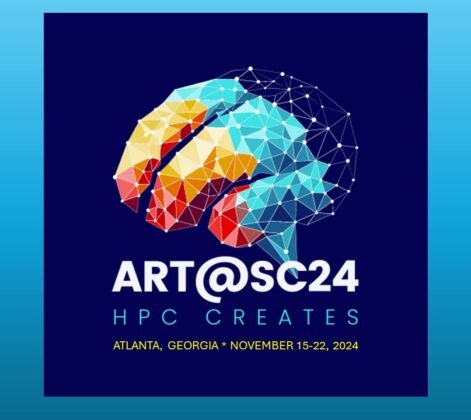 Nicholas Thorne works for the South African Center for High Performance Computing as an HPC engineer in their advanced computer engineering laboratory (CHPC-ACE).
Nicholas Thorne works for the South African Center for High Performance Computing as an HPC engineer in their advanced computer engineering laboratory (CHPC-ACE).
Nick graduated from the University of Cape Town (UCT) with an electrical and computer engineering degree in 2007 before joining CHPC-ACE as a graduate assistant while he completed a masters of science degree in computer engineering at UCT. His masters work involved the development of the ACE1 FPGA based co-processor card. As a full-time employee at CHPC, he now continues to develop prototype products (hardware and software) for use in future CHPC production environments.
ACE lab projects serve a range of disciplines. Some evaluate cluster management technologies, such as the incorporation of cloud-enabled HPC and server template work, while others investigate the suitability of co-processors for improving performance and efficiency. He is improving services for CHPC’s bioinformatics research community through the testing and integration of Convey accelerated compute nodes; specialized co-processors that allow scientists to move away from a heuristic algorithm (BLAST) to the more accurate Smith-Waterman algorithm (which is too resource-intensive without the added benefit of co-processors).
Nicholas plays a substantial role in the Southern African Development Community (SADC) human capital development initiative. He leads the CHPC Student Cluster Competition, and mentors the South African team that travels to Germany each year to participate in the International Supercomputing Conference. His team won the global competition in 2013 and 14.
Additionally, Nicholas is leading the SADC effort to deploy mid-level HPC systems throughout sub-Saharan Africa. The systems are designed to serve as a staging environment where new users and administrators can hone their skills before approaching the production environments that CHPC and larger centers offer. The effort began with the TACC Ranger donation, and others have since followed. Large systems are broken down into their smallest functional component and the small clusters are placed at universities where they are administered and used by faculty and students. So far, eight centers have been provisioned, including several international sites.



